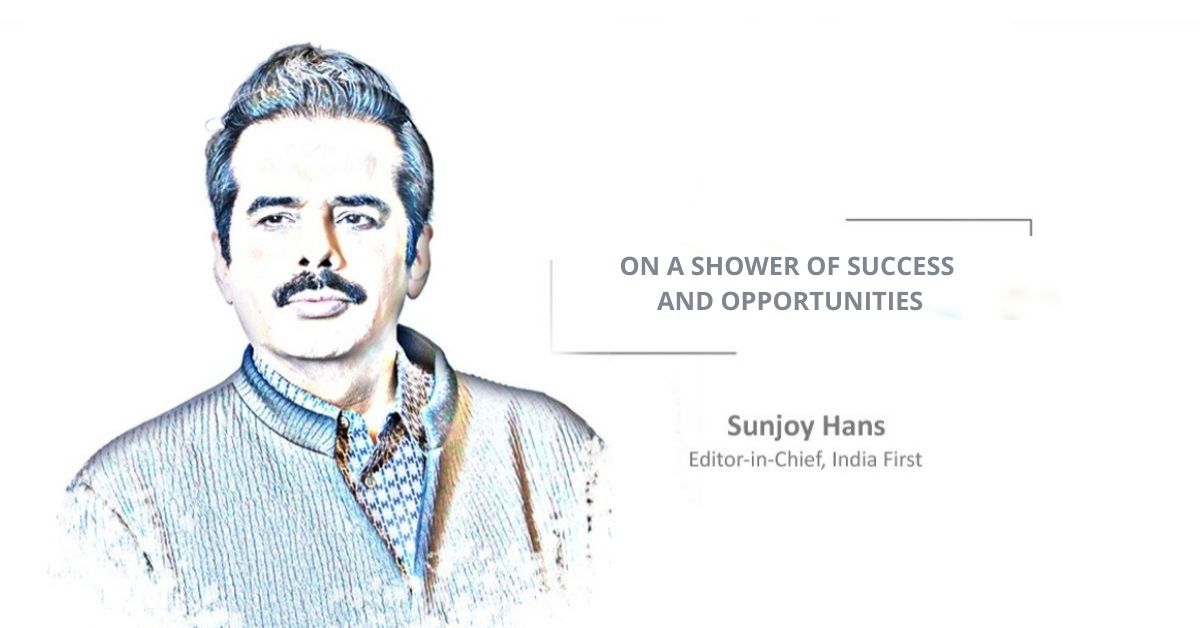When nimbus clouds of the southwest monsoon bunched up in the skies over Bhubaneswar a couple of days ago, residents of the state capital were filled with hope of respite from the sweltering heat that had been baking the city’s buildings and grounds and scorching practically everyone and everything that came under the blinding summer sun.
Even as they were celebrating the bountiful rains that soon followed, the Odisha State Disaster Management Authority was busy reviewing the preparedness of all districts and blocks to deal with natural calamities such as floods and cyclones that typically threaten life and property in the state during the rainy months.
While the authorities concerned have been instructed to follow and ensure adherence to clearly delineated roles and responsibilities of all stakeholders, mock drills – involving local communities, ODRAF, NDRF and Fire Services teams – have been conducted at cyclone and flood shelters in the traditionally vulnerable areas to maximise the possibility of zero casualties in case of any eventuality.
This proactive approach to disaster management is only a reflection of the good governance model that Chief Minister Naveen Patnaik has put in place to drive Odisha towards a brighter future and a bigger presence on the national and global stage.
That the international community is already impressed with his mission and vision for Odisha is once again evident from the invitation that Chief Minister Patnaik received from the United Nation’s World Food Program to visit its headquarters in Rome and share his government’s transformative initiatives in the fields of food security as well as disaster management.
After all, apart from its disaster management model that has already been hailed by the UN as being worthy of emulation worldwide, Odisha has also transformed from a food deficit state into a food-surplus state that makes significant contributions to the nation’s public distribution system.
However, the Chief Minister is not heading overseas tomorrow – after a gap of 10 years – to just share Odisha’s success stories with WFP and meet the Pope in Italy. He will be laying the groundwork for future projects with the global body that can strengthen Odisha’s food security in a sustainable manner in times to come. And he is also going to meet Odia diaspora from across Europe to discuss ways to engage them in promoting Odisha’s art and culture in the Continent.
In this two-nation tour, the second stop of which will the United Arab Emirates, the Chief Minister is being accompanied by a high-level industrial delegation for an investors’ meet to promote Odisha as one of the world’s most business-friendly destinations and, of course, to attract foreign investors to the state.
PricewaterhouseCoopers (PwC), one of the Big Four accounting firms, has endorsed this current status of Odisha – both in word and action. Not long after the world’s second-largest professional services network set up an office in Bhubaneswar, PwC India chairperson Sanjeev Krishan stated that Odisha is “at the cusp of an economic revolution” and well poised to become an economic powerhouse in the near future.
The recent agreement that the Odisha government has signed with Apparel Made-ups and Home Furnishing Sector Skill Council to skill 10,000 Mission Shakti SHG members in apparel manufacturing reconfirms one thing: the five-time Chief Minister is making sure that this economic transformation happens not just from the top down but also from the bottom up.
The people of Odisha have something more to be happy about than just the arrival of the monsoon: a veritable shower of success and never-seen-before opportunities in the state.



Comment here